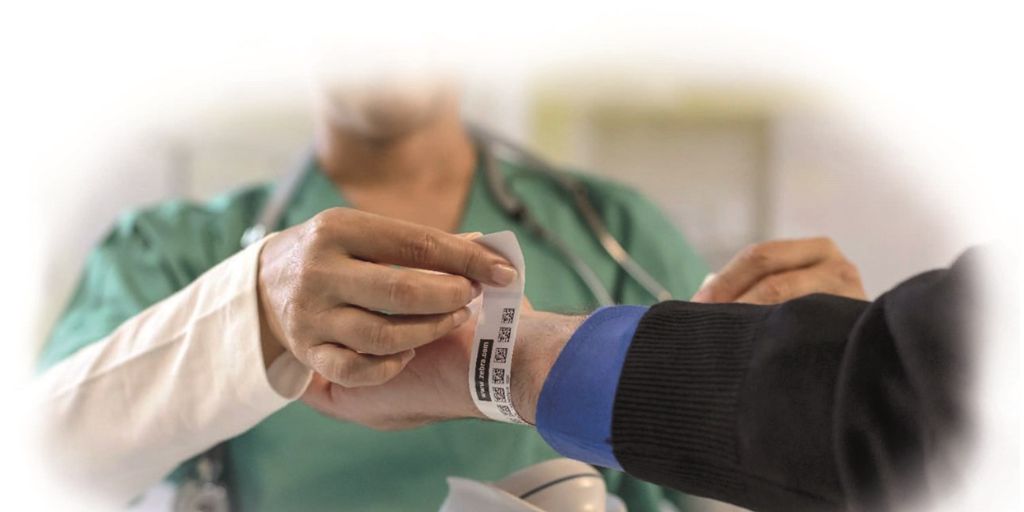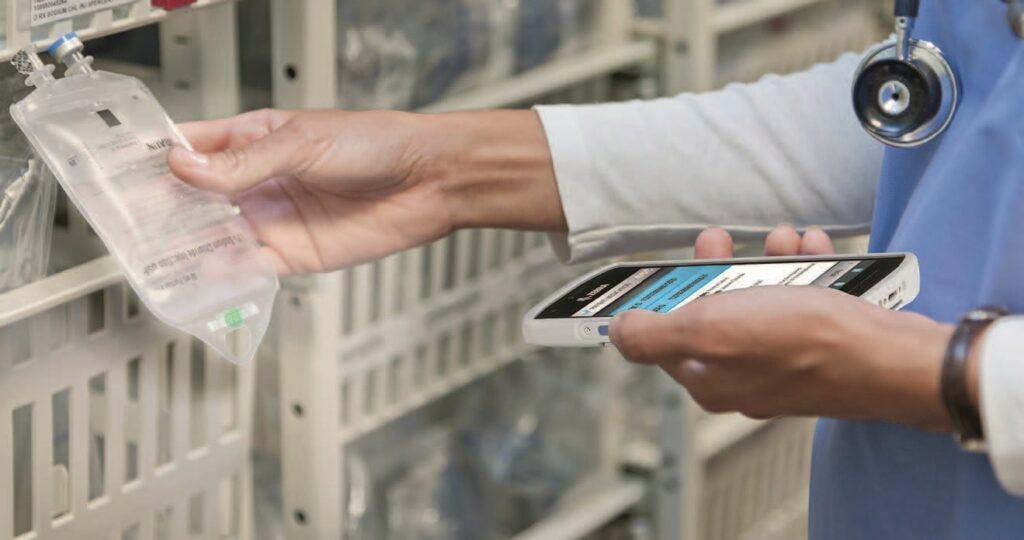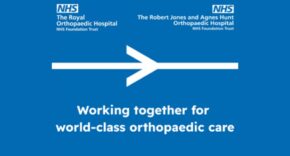
Part of the West Yorkshire and Harrogate Health and Care Partnership, the West Yorkshire Association of Acute Trusts (WYAAT) is an innovative collaboration which brings together the NHS Trusts that deliver acute hospital services across West Yorkshire and Harrogate. Dedicated to enabling local hospitals to work in partnership with one another to give patients in the area access to the very best facilities and staff, the WYAAT collaboration is made up of six hospitals, two of which are the Airedale NHS Foundation Trust and the Bradford Teaching Hospitals NHS Foundation Trust.
Treating around 32,000 inpatients, 31,000 non-elective patients, 144,000 outpatients and 70,000 emergency patients every year, the Airedale NHS Foundation is an award-winning hospital and community services trust providing high quality, specialist and community care for a population of over 200,000 people from a widespread area covering 700 square miles within Yorkshire and Lancashire.
When the Airedale and Bradford NHS Trusts needed to introduce a system in order to ensure compliance with the UK Government’s Scan4Safety initiative, they engaged with Dakota to help them achieve this in order to enhance and further improve patient safety within their hospitals.
The Problem
Scan4Safety is a world first in healthcare, forming part of the UK Government’s Department of Health and Social Care’s drive to make the NHS the safest and most transparent healthcare system in the world. Setting the standards for safer care, Scan4Safety enables the delivery of better patient care, improved clinical productivity and supply chain efficiency in the NHS through the use of GS1-compliant barcodes on patient wristbands, medication and hospital equipment.
Aubrey Sitch, Scan4Safety Programme Manager at the Airedale NHS Foundation Trust and the Bradford Teaching Hospitals NHS Foundation Trust, explains “The UK Government made it mandatory for all NHS Trusts to adopt GS1 standards as part of the eProcurement Strategy of 2014. We were fortunate to be part of WYAAT’s successful funding bid that enabled the two trusts to put together a programme of activity to ensure that we become fully compliant. Our first hurdle was that whilst our Patient Administration System (PAS) created barcodes, they could not be read by machines as they were not GS1-compliant. We quickly realised that this was something which we had to overcome and needed to deploy the services of a third-party provider to help us build the middleware which would take the information from electronic patient records and output that information onto a barcode which could be read by a data collection device.”
The Solution
Well-versed in the creation of innovative solutions for enhanced patient care, Dakota, based in Carrington in the North West of England, is a real-time digital data capture, printing and mobility solution specialist with a rich history in supplying over one hundred and seventy NHS Trusts with fit-for-purpose technology solutions due to their expertise and close working relationships with Health Systems Support Framework Suppliers and the NHS Supply Chain.
Jonathan Daly, Account Manager for Healthcare Solutions at Dakota explains, “Thanks to our established relationships and experience with numerous NHS Trusts, we were quickly able to start the process in assisting the team at the Airedale and Bradford Trusts to become GS1 compliant and therefore adhere to the Scan4Safety requirements.

“In terms of addressing the ‘product’ element, we are already working closely with Dakota on this. We have recently purchased a number of Zebra TC21 PDAs onto which we will load an app which enables the management of stock levels in theatres. We are also hopeful of developing an app to allow nurses to scan equipment such as endoscopes, infusion pumps, bladder scanners and ECG machines to quickly check the maintenance status for that particular device. This helps hospital staff to ensure that all equipment is correctly maintained and safe to use on patients. If, in the event that we do have patients returning with problems that may be due to a fault in a particular device, then it will be easy for us to trace the asset in question and other patients who may have been affected. This solution will also help us to control our equipment and receive an accurate overview of what we use most frequently and what we may have to purchase more of or replace. A further use of the Zebra TC21 PDAs will be used to enable mothers to scan labels printed on bottles of milk to feed their babies, ensuring that the correct milk is given to their child and that the milk supply is correctly rotated, so that the oldest milk is used first.”
The Result
The results of the new solution have been far-reaching and have gone a long way in assisting both the Airedale and Bradford Trusts to adhere to the Scan4Safety initiative.
Aubrey Sitch explains “With the ‘patient’ element of the initiative now in place, we will be able to effectively eradicate human intervention and error in terms of personal identification, ensuring that all our patients are correctly identified and that the accurate medication is given in the correct dosage. With regards to the ‘place’ element, we are now fully compliant in terms of GLNs and with the ‘product’ element fast becoming a reality in terms of monitoring equipment usage and maintenance, we are naturally able to conform to the ‘process’ element of the initiative, since all other elements provide a complete picture of each patient and their treatment through every stage, from admission to discharge.
At the start of this process, it seemed like we were faced with an insurmountable task, however with the help of Dakota, we are well on the way to becoming fully compliant with the Scan4Safety initiative. In terms of the process as a whole, Dakota could not have been more helpful and have been by our side throughout every stage in this process. In the coming months and years, we look forward to realising increased efficiency; not only in the way that we process our patients, but also in terms of equipment control and maintenance, location identification and throughout all our procedural processes. This in turn ensures that we make better, safer decisions which benefit our patients, while the whole solution underpins our desire to achieve an improved and more efficient operational performance.”











